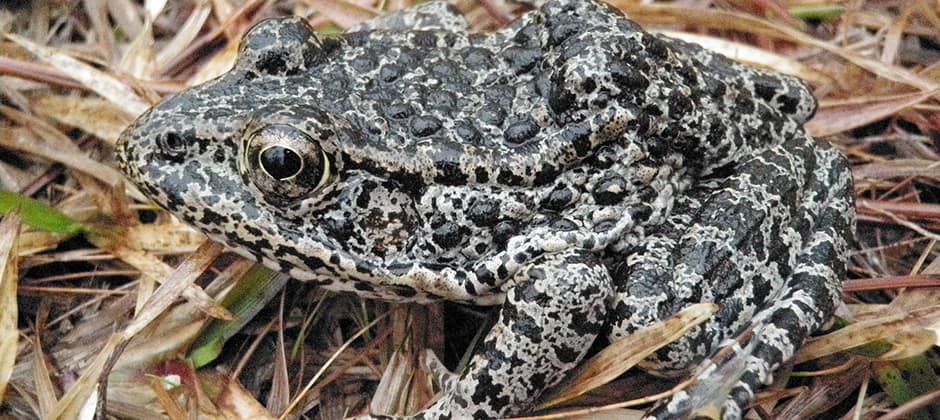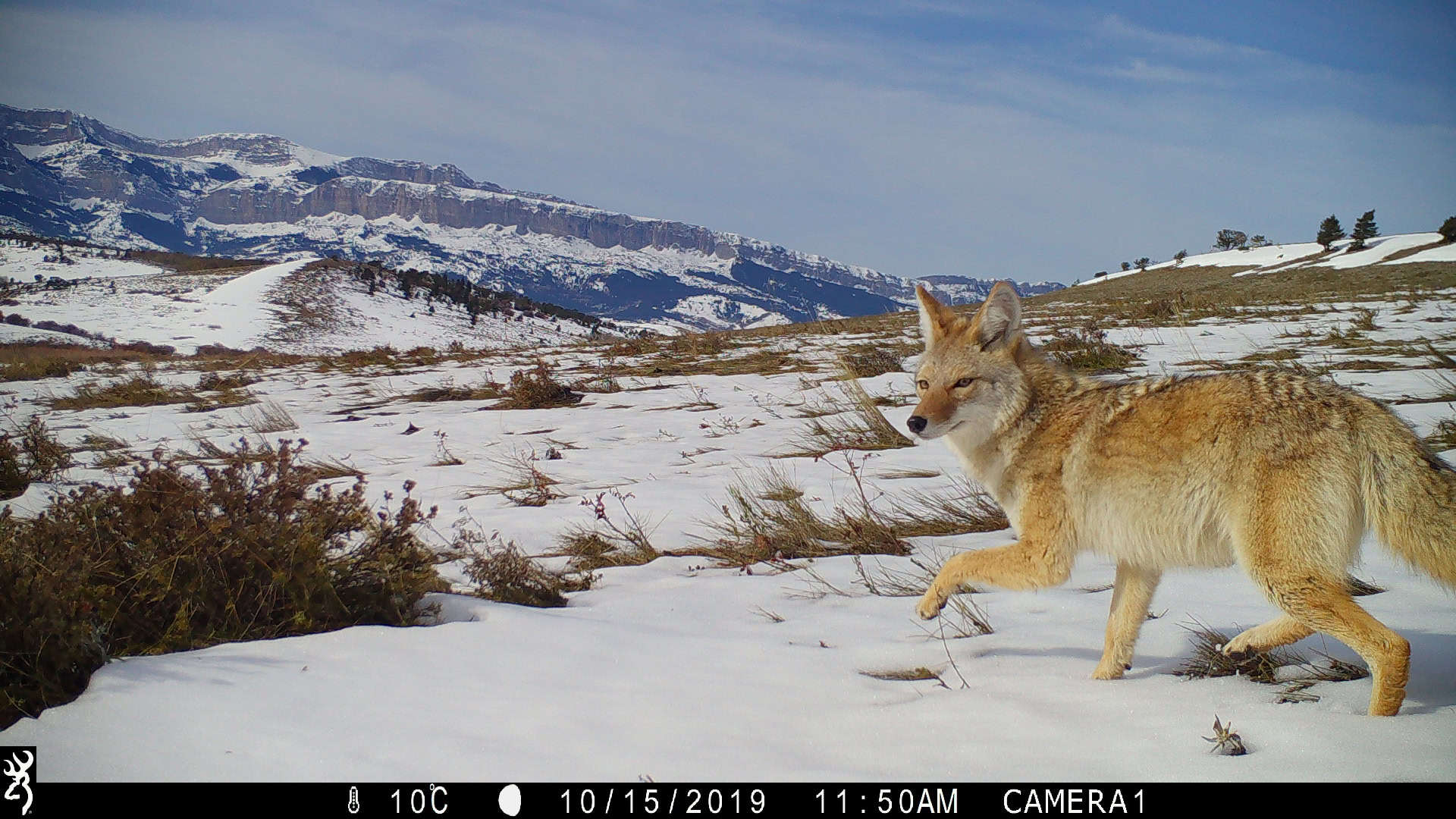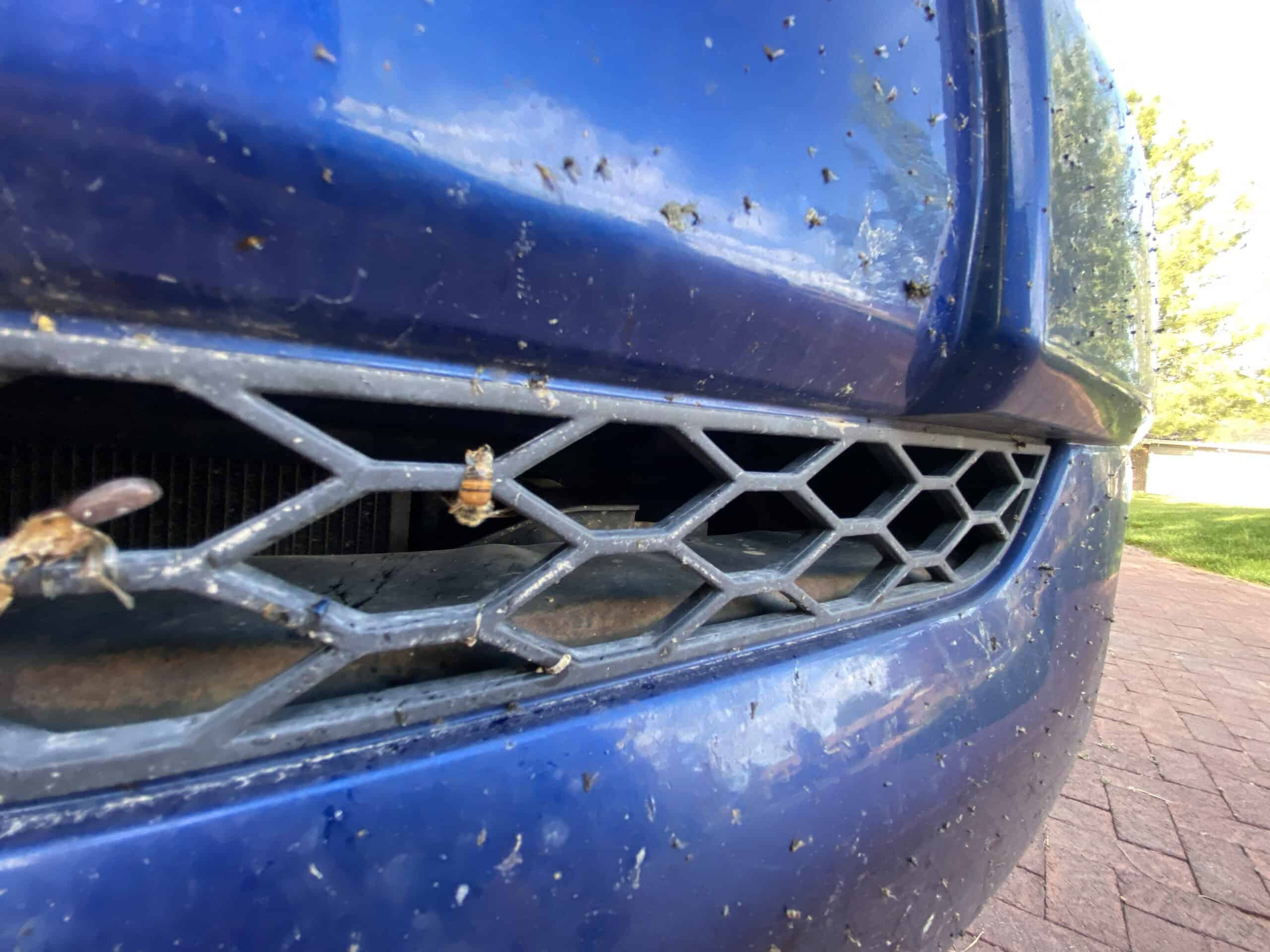Share this article
Frog case settled with no decision on habitat definition
A years-long court battle between the administration and a private property owner over exactly what constitutes “habitat” for an endangered frog ended recently in a consent decree, leaving the larger question of the definition of “habitat” as applied under the Endangered Species Act open.
The dusky gopher frog (Lithobates sevosus), which was once found in Alabama, Louisiana and Mississippi, was identified by the International Union for the Conservation of Nature as one of the 100 most endangered species in the world in 2012. It was first listed as endangered under the ESA in 2001. In 2012, the U.S. Fish and Wildlife Service designated critical habitat for the frog, as required under the ESA. The designated critical habitat consisted of federal, state and privately managed lands. About half of the critical habitat was on the De Soto National Forest in Mississippi, where researchers and volunteers discovered a small population of six frogs in 2013.
Private landowners, who owned some of the land designated as critical habitat in Louisiana, sued the U.S. Fish and Wildlife Service in 2013, arguing that their land should not have been designated as “critical habitat” since it did not support any gopher frogs at the time and was not suitable “habitat.” According to the landowners, modifications would have been required for ephemeral ponds on the land to support the frogs.
Dusky gopher frogs had not been found on the properties since 1965. However, the Service argued that the land contained ephemeral wetlands that could serve as breeding sites and upland forest that could provide nonbreeding refuge for the frog if other sites became degraded or unavailable. Thus, they argued, it was appropriate to designate it as critical habitat.
The federal district court upheld the government’s action, as did the appeals court, declining to overturn the Service’s designation. In Oct. 2018, the U.S. Supreme Court heard the case and the next month issued its ruling, forgoing a decision on the issue of habitat and instead sending the case back to the lower court so it could consider the definition of “habitat” under the ESA.
While this review was pending, however, the parties signed a consent decree, resolving the dispute and ending the litigation. The agreement removes the contested portion of the critical habitat designation in the case, but it does not affect the designation of other critical habitat.
The question of what exactly constitutes the legal definition of “habitat” in the ESA will continue to challenge wildlife professionals and policymakers. A symposium at The Wildlife Society and American Fisheries Society 2019 Joint Annual Conference in Reno, Nevada in September will examine the concept and use of the term “habitat” in scientific literature, exploring both the challenges and opportunities it presents to wildlifers.
Read TWS’ Standing Position on Threatened and Endangered Species in the U.S.
Header Image: The dusky gopher frog is at the center of a years-long debate about habitat. ©John A. Tupy/USDA








